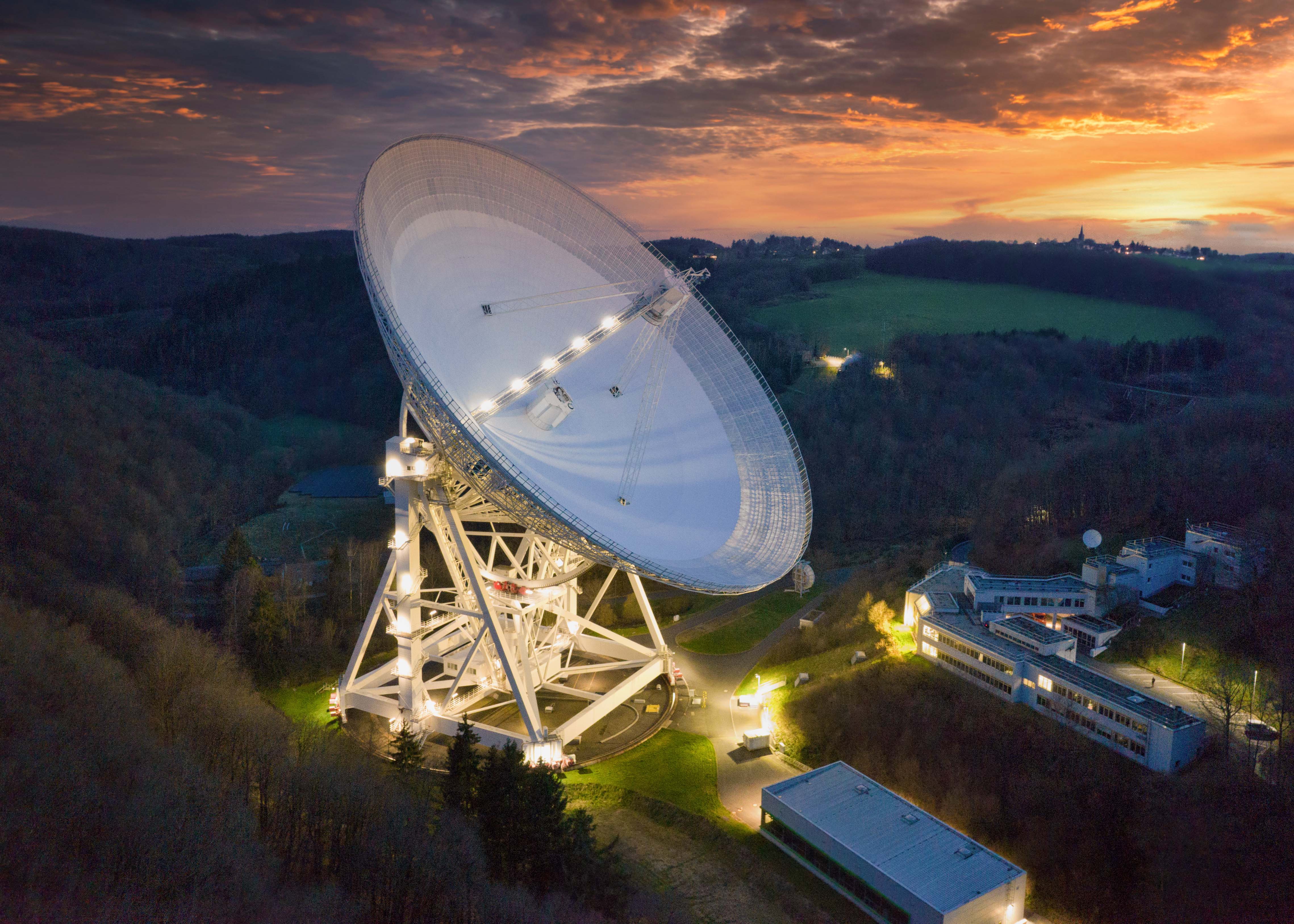
New data from six different telescopes in Europe confirm the existence of gravitational waves, opening a new window to study the origins and evolution of the universe.
“A new and modern ARGOS telescope is already being built, which will be located in Crete and will support the exploration of gravitational waves worldwide,” said Dr. Yannis Antoniades, an ITE researcher who was involved with his team in the research, who noted.
They promise unprecedented discoveries
Results of observations over the past 25 years, published today in the journal Astronomy & Astrophysics, indicate strong evidence of a background of low-frequency gravitational waves, which promises unprecedented discoveries in the study of the formation and evolution of our group. The universe and the galaxies that inhabit it. These gravitational waves are mainly due to pairs of supermassive black holes, with masses millions to billions of times that of the Sun, orbiting each other due to gravity.
A series of articles published today by the European Association of Astronomers – European Pulsar Timing Array (EPTA), from ten institutions in different countries, presents the results of observations coming from six radio telescopes, among the most sensitive in the world. This data is consistent with the background of gravitational waves that govern the entire universe, a key prediction of modern physics and cosmology.
important milestone
The team of Dr. Yiannis Antoniades, a researcher at the Institute of Astrophysics of the Institute for Technology and Research (ITE), participated in the analysis of the data for this research. The discovery of the gravitational wave background is a major milestone in opening a new window on the gravitational wave spectrum, which will allow astronomers to study the formation and evolution of the largest structures in the universe. It will also provide the possibility for new investigations into the nature of gravity and dark matter, which may reveal the physical processes that shaped the early universe.
The detected signal is ripples in the structure of space-time predicted by Albert Einstein’s general theory of relativity. These waves oscillate on time scales from years to decades, and their wavelength is millions of kilometres, too short to be detected by ground-based interferometers such as LIGO and VIRGO, which first confirmed the existence of gravitational waves in 2015.
“timing pulsar arrays”
However, a different technology called “timing pulsar arrays” uses pulsars (neutron stars) as precise physical clocks to detect these waves. Pulsars have a very stable rotation and emit periodic pulses of radio waves (like a beacon), which reach Earth at predictable times. When a gravitational wave passes through the Earth, it causes a small distortion of space-time that changes the arrival time of the pulses.
“By comparing the observed arrival times with the predicted times, we can measure the effect of the gravitational wave and extract information about its source and amplitude,” says Giannis Antoniadis. Because this change is so small and occurs on time scales of years to decades, long-term observations of many pulsars are required to detect the influence of gravitational waves.
Data was collected over the past three decades
The dataset analyzed by EPTA contains sensitive data on 25 pulsars collected over the past three decades using Europe’s largest telescopes. These are the 100-meter Eifelsberg Radio Telescope in Germany, the Lovell Telescope of the Jodrell Bank Observatory in the United Kingdom, the Nanchai Radio Telescope in France, the 60-meter Radio Telescope in Sardinia in Italy and the Westerbork Tunneling Radio Telescope in the Netherlands. More than 70 researchers from around the world collaborated to analyze the data. From Greece, apart from Mr. Antoniades’ group, Dr. Nicholas Cavaliero of the Hellenic Open University also participated in the analysis.
EPTA is part of a larger international effort, the International Pulsar Timing Array (IPTA), which collects data from similar experiments in North America (NANOGrav), Australia (PPTA), India (InPTA) and South Africa (MeerKAT). Similar indications of the presence of a gravitational wave background were reported simultaneously by NANOGrav, while the measurements are also consistent with findings reported by PPTA, and the China Pulsar Timing Array Consortium.
The probability of the signal seen by the scientists
“It’s very exciting,” explains Mr. Antoniades. “The chance of the signal we saw appearing in our data by chance is one in ten thousand. However, the golden rule in science for claiming to have discovered a new phenomenon is that the result of an experiment has less than a once in a million chance of occurring. Although the result of EPTA does not Yet meet this criterion, the fact that our colleagues around the world are seeing the same signal makes us even more confident that what we’re seeing is real.”
Over the coming months, the EPTA scientists will combine their data with those of their IPTA colleagues to better characterize the signal. “We are all confident that the combined dataset will lead to the final proof of the validity of the mark,” adds Mr. Antoniades.
In addition, the EPTA plan is already preparing for the next step. According to Antoniades, “One aspect of this is the design of new detectors. For this reason, ITE is leading an international effort, supported by EU funds, to build a next-generation radio telescope on Crete. The telescope we call ARGOS, (https://argos-telescope.eu/) is specially designed for observing the timing of pulsars. Once built, it will become the most sensitive instrument for such measurements and will allow us to better explore this new window in gravitational-wave astronomy that has just opened, and dig deeper for signals from the early universe. “
Mr. Antoniades’ team is supported by ELIDEK and the Stavros Niarchos Foundation, as well as by the European Commission through the “Horizon Europe 2021-2027” programme.
Source: RES-MPE

“Total alcohol fanatic. Coffee junkie. Amateur twitter evangelist. Wannabe zombie enthusiast.”





More Stories
Is this what the PS5 Pro will look like? (Image)
Finally, Windows 11 24H2 update significantly boosts AMD Ryzen – Windows 11 performance
Heart Surgeon Reveals The 4 Things He ‘Totally Avoids’ In His Life